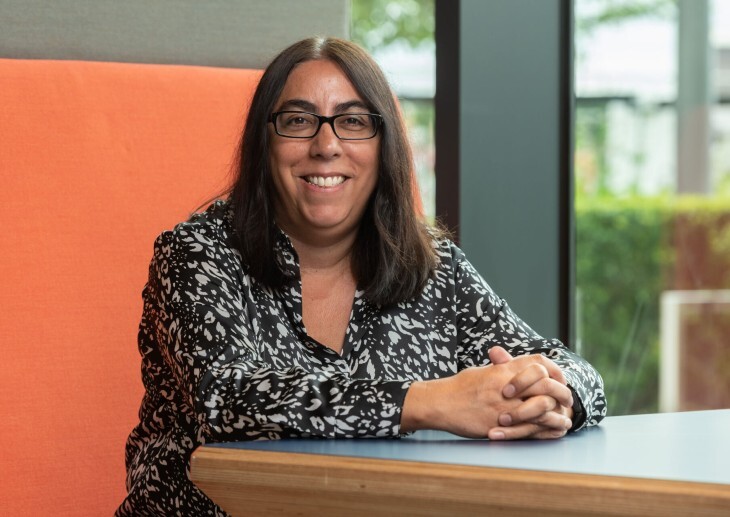Evidence shows that patients who are offered choices when accessing GP services are more likely to have a positive care experience. However, new research highlights a ‘choice gap’: a mismatch between what choices patients want and what they get. Louise Ansari, chief executive at Healthwatch England, outlines why fixing this gap is important.
What choices do patients want in general practice?
The answer to this question is not always clear. While ministers and decision-makers often discuss the importance of choice, it is not always obvious exactly which choices they are discussing.
Yet we know that choice is linked to overall patient satisfaction. Our analysis of the GP Patient Survey shows that patients who are given choices around appointment time and location tend to have higher overall satisfaction levels.
Through a representative poll of 1,800 adults across the country, Healthwatch England asked the public which choices are most important to them (the ones they want ‘always’ or ‘most of the time’). We then asked whether they receive them.
We found three things.
Firstly, we found a choice gap.
The choices the highest proportion of the public wanted were: the time people wanted to have a GP appointment (68% wanted it always or most of the time); the booking method (66%), and the choice of face-to-face or remote (62%). However, far fewer people received these choices.
If we take the choice of time as an example, just under half (49%) always or most of the time received this choice. This means there is a 19% gap between what people want and what people get. The same is true for the other choices we asked about. We found a choice gap of 18% for the choice of a named healthcare professional, for the choice of having a longer appointment, and for the type of professional.
Secondly, the choice gap is not felt evenly.
We found that discrepancies between the choices people want and those they receive are generally larger for women. The most notable was the choice about seeing a male or female healthcare professional: while both men and women received this choice in equal proportion (30%), far more women want that choice (47% for women vs 38% for men). This is likely resulting in more women being frustrated about this lack of choice nationally than men.
Age was also a factor in our findings. When it comes to choosing between face-to-face and remote appointments, we found that while over 65s were much more likely than 18-24 year olds to want the choice, they were less likely to get it always or most of the time than 18-24 year olds. This may, of course, be linked to the booking method, with fewer choices being given for some methods of booking appointments than others.
Thirdly, vulnerable groups often need choices the most.
The choice gap is most concerning for the choices that for some are ‘must haves’ rather than ‘nice to haves’. For example, while a third (34%) said they wanted a choice about accessibility adjustment, only a quarter (23%) got this choice. This might mean the difference between someone with a disability being able to have an appointment or not.
Beyond access, certain groups also feel they need continuity of care more than others. For those who are unemployed and unable to work due to health issues or a disability, nearly a quarter (23%) of people said that the choice of a named healthcare professional is the most important choice to them. This is nearly double the overall figure (12%).
So, what can be done to address these issues?
We are not unrealistic. We know that while GPs and their teams would like to accommodate all choices for patients, they are not always able to, given the significant strain they are under. However, we believe some simple steps could make a big difference.
One would be to monitor the choices offered to patients more closely so we can understand how the availability of choice changes for patients over time. The GP patient survey asks the public about the choice of appointment location and time, but we would like to see this extended to measure other choices too.
GP teams should also fully capture patient preferences at the point of registration. This might extend not just to recording accessibility requirements but also to the required contact method or requirement to see a male or female healthcare professional’. This, in turn, would encourage GP teams to offer the choices patients need more consistently.
In the words of the Secretary of State earlier this year, “rebuilding the broken NHS starts with GPs. Patients need to be able to easily book an appointment, in the manner they want, with their regular doctor if they choose.”
Healthwatch England has published a report, ‘The choice gap: do patients get the choice they want from GP care’. Read the findings and recommendations here.




